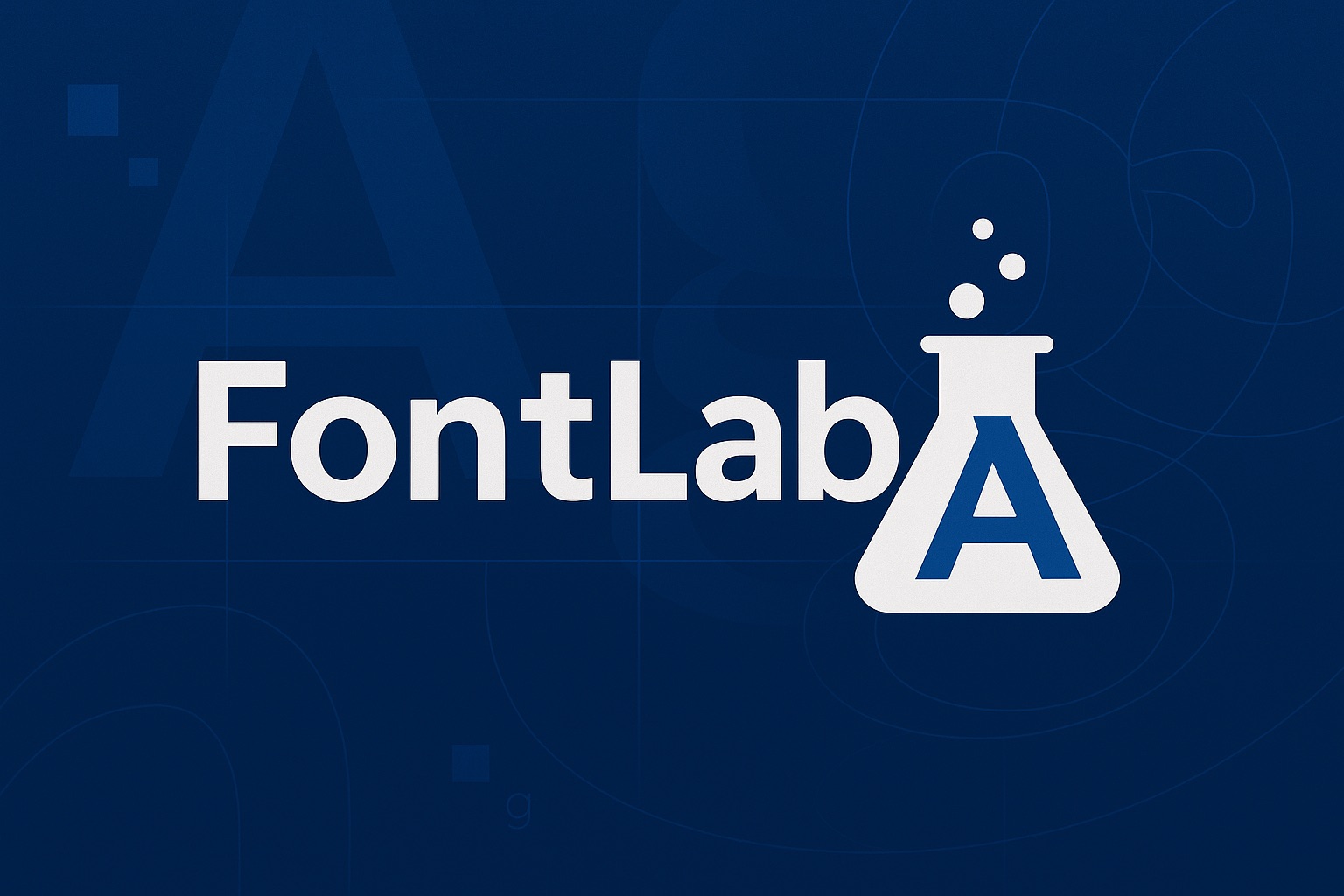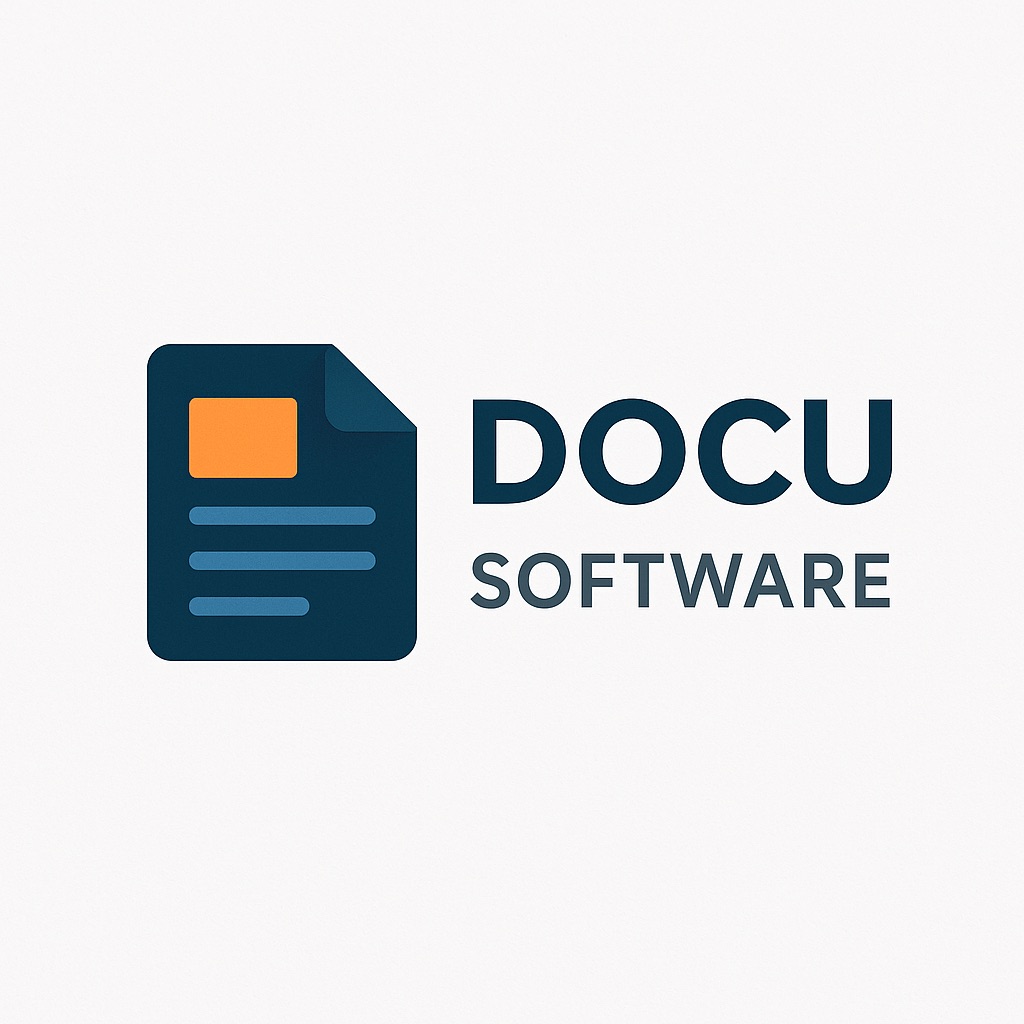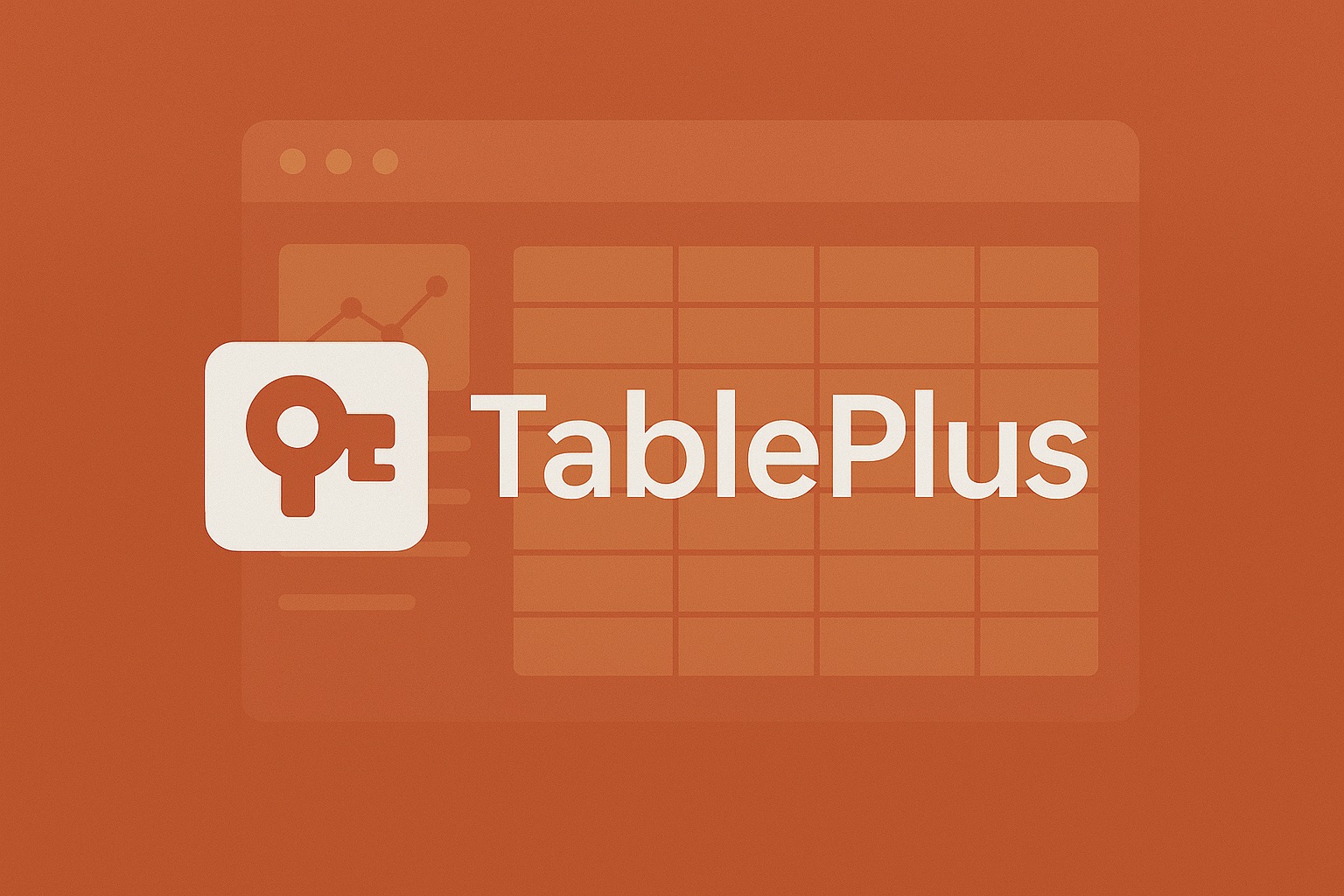FontLab 8
Picture this: a designer stares at a custom typeface commission worth $50,000. The client wants a unique font family with 12 weights, full language support, and variable font technology. Panic? Not with FontLab. Within weeks, what seemed impossible becomes a systematic process of creating typography that will be seen by millions. This is the daily reality for type designers who’ve discovered the power of professional font editing.

What is FontLab and Why It Dominates Professional Typography
FontLab crack isn’t just another font editor — it’s the Swiss Army knife of type design that has shaped the fonts you read every day. Since its inception in 1992, FontLab has evolved from a simple glyph editor to a comprehensive type design ecosystem used by foundries like Monotype, independent designers, and major corporations creating custom typefaces.
The software occupies a unique position in the typography landscape. While free font editors exist for basic tasks, FontLab provides the industrial-strength tools needed for commercial font production. It’s the difference between sketching letters and engineering a typeface system that works across billions of devices.
Here’s what many don’t realize: nearly every professional font you’ve purchased or admired was likely created or refined in FontLab. From Google Fonts to Adobe Typekit, from corporate typefaces to experimental display fonts — FontLab’s fingerprints are everywhere in modern typography.
Core Features That Define Professional Font Creation
The Drawing Environment revolutionizes how designers approach letterforms. Unlike traditional vector editors, FontLab’s tools are purpose-built for type design. The Rapid tool lets you draw smooth curves with minimal points — essential for clean font rendering at small sizes. Power Brush simulates calligraphic strokes while maintaining vector precision.
Smart Corners and Ink Traps solve technical challenges automatically. Creating optical corrections that maintain visual consistency across weights? The smart corner system handles the mathematics while you focus on aesthetics. Ink traps for print optimization are generated procedurally, adapting to different stroke weights.
Variable Font Technology integration sets FontLab apart from competitors. Design a single font family with infinite variations along multiple axes — weight, width, slant, optical size. The software interpolates between master designs, generating thousands of instances from a handful of drawings. This isn’t just efficiency; it’s the future of web typography.
Auto Layers provide non-destructive editing on steroids. Imagine Photoshop’s adjustment layers, but for fonts. Apply effects, transformations, or variations without touching original outlines. Change your mind later? The base design remains intact. This workflow revolutionizes iterative design.
Many don’t notice FontLab’s color font support — a game-changer for modern design. Create multi-colored glyphs, gradients, even bitmap elements within fonts. With emoji and decorative fonts exploding in popularity, this feature alone justifies the investment.
The Complete Font Design Workflow
Let me walk you through creating a professional typeface, revealing why FontLab’s workflow surpasses traditional methods.
Sketching and Import Phase: Start with hand sketches, scan at 600dpi, import as templates. FontLab’s auto-trace isn’t just vectorization — it understands letterform conventions, placing points at extrema, maintaining consistent curve tension. What took hours in Illustrator happens in seconds.
Glyph Development: The Glyph Window becomes your primary workspace. Draw directly or paste from Illustrator — FontLab maintains perfect fidelity. The real magic? Automatic spacing generation based on glyph shapes. Set up key letters (H, O, n, o), and spacing algorithms extrapolate to the entire alphabet.
Component System: Create the letter ‘i’, and it becomes a component for ‘j’, ‘ì’, ‘í’, ‘ï’. Changes propagate automatically. But here’s the killer feature: smart components that adapt to context. The dot on ‘i’ can shift position in ‘í’ without breaking the link.
Testing Environment: FontLab’s preview panel isn’t just display — it’s a live testing ground. Type real text, adjust spacing in real-time, preview at exact pixel sizes. The waterfall view shows your font from 6pt to 144pt simultaneously. Spot rendering issues before export.
Advanced Features Most Designers Never Discover
FontAudit technology actively monitors your design for technical issues. Incorrect path directions? Flagged. Curves too complex for optimal rendering? Highlighted. It’s like having a senior type designer reviewing your work constantly.
Multiple Master Workflow goes beyond simple interpolation. Design extreme weights, and FontLab generates mathematically perfect intermediates. But the breakthrough? Intermediate masters for optical corrections. The regular weight isn’t just “between thin and bold” — it’s optimized for readability.
Python Scripting opens infinite possibilities. Automate repetitive tasks, generate variations, even create procedural designs. The community shares scripts for everything from adding random variations to generating entire font families from parameters.
OpenType Feature Programming might seem daunting, but FontLab makes it approachable. Visual programming for common features (ligatures, alternates), with code view for advanced control. Create contextual alternates that respond to surrounding letters — the difference between good and great typography.
Honestly, the Variations Panel alone revolutionizes font design. Adjust multiple axes simultaneously, see results instantly. Creating a variable font family that previously took months now happens in weeks.
FontLab Versions and Pricing Strategy
Understanding FontLab’s versions helps choose the right tool for your needs.
FontLab 8 ($459):
- Full professional feature set
- Variable font support
- Color fonts (OpenType-SVG)
- Auto OpenType features
- Python scripting
- Perpetual license
FontLab 8 Educational ($89):
- All features of full version
- Requires academic verification
- Cannot be used commercially
- Perfect for learning
FontLab Pad (Free):
- Color font editor
- Basic glyph design
- Limited export options
- Great for experiments
TypeTool 3 ($48):
- Entry-level font editor
- Basic drawing tools
- Limited OpenType support
- Good for font modifications
For serious work, FontLab 8 is the only choice. The price might seem steep compared to budget font creation tools, but it’s a fraction of what you’ll earn from a single font family.
System Requirements and Performance Optimization
Official requirements are reasonable, but optimal performance needs more:
Minimum Requirements:
- Windows 7+ or macOS 10.12+
- Intel Core i3 or equivalent
- 4GB RAM
- 2GB disk space
- OpenGL 2.0 support
Recommended Configuration:
- Latest OS versions
- Intel Core i7 or Apple Silicon
- 16GB RAM
- SSD with 20GB free space
- High-DPI display (essential for detail work)
- Graphics tablet (Wacom recommended)
Performance Tips:
- Disable real-time FontAudit for complex fonts
- Use instance preview instead of full interpolation while designing
- Keep Undo levels reasonable (default 100 is overkill)
- Close unused panels to free resources
- Regular saves prevent memory bloat
On my M1 MacBook Air, FontLab handles 5,000+ glyph fonts smoothly. The Windows version on a decent PC performs similarly. The software is surprisingly efficient for its capabilities.
Comparison with Alternative Font Editors
FontLab vs Glyphs Glyphs (Mac-only) offers a cleaner interface and smoother learning curve. However, FontLab’s cross-platform nature, superior interpolation tools, and color font support give it the edge for professional work. Glyphs is excellent for beginners; FontLab for those who need everything.
FontLab vs RoboFont RoboFont attracts developers with its extensibility and UFO-centric workflow. But it requires significant customization to match FontLab’s out-of-box capabilities. RoboFont for Python enthusiasts; FontLab for designers who want to design, not program.
FontLab vs FontForge FontForge is free and surprisingly capable. But the interface feels decades old, crashes are common, and advanced features require command-line knowledge. FontForge for budget-conscious hobbyists; FontLab for anyone valuing their time.
FontLab vs Illustrator/Affinity General vector editors can create letterforms but lack font-specific tools. No proper spacing, kerning, OpenType features, or font export. These tools are for logo design; FontLab is for typography.
Learning Curve and Educational Resources
FontLab’s depth intimidates newcomers, but structured learning makes it manageable.
Official Resources:
- 100+ video tutorials on YouTube
- Comprehensive PDF manual (800+ pages)
- Sample files demonstrating techniques
- Regular webinars with type design masters
Community Support:
- TypeDrawers forum (industry hub)
- FontLab Forum (official support)
- Discord servers for real-time help
- Twitter community (#fontlab)
Recommended Learning Path:
- Week 1: Interface basics, simple letter drawing
- Week 2: Spacing, basic kerning
- Week 3: Components and anchors
- Month 2: Multiple masters, interpolation
- Month 3: OpenType features
- Month 4+: Variable fonts, color fonts
The community’s generosity surprises newcomers. Experienced designers share techniques, scripts, even starter files. It’s a collaborative field where helping others improves typography for everyone.
Integration with Design Workflows
FontLab plays well with other tools, crucial for modern workflows.
Adobe Creative Cloud: Export fonts that install directly to Adobe Fonts folder. Test in real projects instantly. The round-trip workflow with Illustrator is seamless — draw in AI, refine in FontLab.
Web Development: Generate web fonts with proper hinting and compression. The WOFF2 export includes subsetting options for optimal loading. Variable fonts export with CSS examples.
Version Control: FontLab 8’s VFC format is Git-friendly. Track changes, collaborate with teams, maintain font family history. The UFO export enables workflow with other tools.
Testing Tools: Export to font testing platforms with one click. Integration with Impallari Testing, Font Gauntlet, and Wakamai Fondue streamlines quality assurance.
Future of Font Design with FontLab
FontLab’s roadmap reveals exciting developments:
- AI-assisted drawing (smart shape suggestions)
- Cloud collaboration features
- Enhanced variable font axes
- Improved color font support
- Machine learning for spacing/kerning
The shift toward variable fonts accelerates. FontLab’s early adoption and continued development position users at the forefront of typography evolution.
Investment Analysis: Is FontLab Worth It?
Let’s talk economics. A custom font family commands $5,000-50,000. Corporate typefaces reach six figures. Even selling fonts through marketplaces generates passive income. FontLab pays for itself with your first serious project.
For hobbyists, the educational version at $89 is a no-brainer. Learn professional tools at student prices. When ready for commercial work, upgrade to the full version.
The perpetual license model respects users. No subscriptions, no cloud dependence. Buy once, use forever. Updates are optional but worthwhile.
Conclusion: Your Typography Journey Starts Here
FontLab crack represents more than software — it’s entry into a field where art meets technology. Whether designing fonts for global brands or exploring personal expression through letterforms, FontLab provides professional tools that grow with your skills.
Start with the trial version. Follow tutorials, join the community, create your first font. The initial learning curve is steep, but the summit view is spectacular. In a world drowning in generic typography, custom fonts create distinction.
Explore more typography tools and resources at softexpo.com to build your complete type design toolkit!
Frequently Asked Questions
Can FontLab open fonts for editing? Yes, FontLab opens TTF, OTF, WOFF, and many other formats. However, editing commercial fonts may violate licenses. Always check font EULAs before modification.
Does FontLab support non-Latin scripts? Absolutely. Full support for Arabic, Hebrew, Devanagari, CJK, and other complex scripts. Right-to-left editing, mark positioning, and script-specific features are built-in.
How long to create a professional font? A basic Latin font: 1-3 months. Full family with weights: 6-12 months. Multi-script typeface: 1-2 years. Variable fonts reduce time by 40-60% through interpolation.
Can I collaborate with other designers? Yes, through VFC format and Git, or by exchanging UFO files. FontLab 8 improved collaboration features significantly. Cloud collaboration is coming in future updates.
Is Python knowledge required? No, but it helps for automation. The visual interface handles all essential tasks. Python extends capabilities but isn’t mandatory for professional results.

